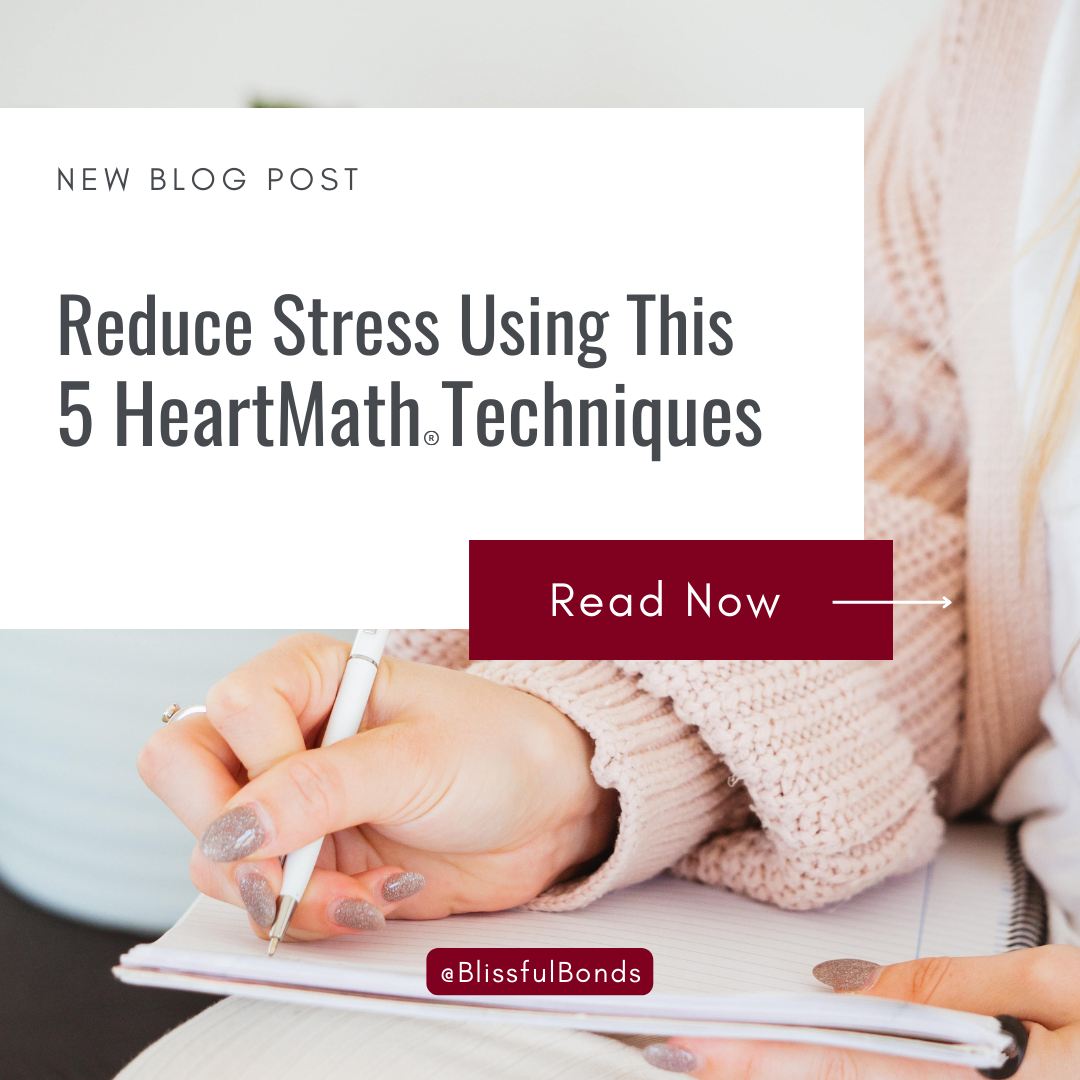Reduce Stress Using This 5 HeartMath Techniques
HeartMath is a system and organization focused on helping individuals manage stress, improve emotional well-being, and enhance overall resilience through the use of biofeedback and heart rate variability (HRV) training techniques. The term "HeartMath" refers both to the organization and the specific methodology it promotes. The organization, HeartMath Institute, conducts research and provides educational resources related to these techniques. They have developed programs and tools to help people improve their emotional and physical well-being by learning to manage their heart rhythms and emotions effectively. Its key elements include:
Biofeedback: HeartMath utilizes HRV monitoring to provide real-time feedback on an individual's heart rate patterns. By practicing specific breathing and relaxation techniques, individuals can learn to influence and improve their HRV, which is associated with better stress management and emotional regulation.
Coherent Breathing: HeartMath often teaches coherent breathing techniques, where individuals synchronize their breath with their heart rate variability to achieve a state of physiological coherence. This state is associated with reduced stress and improved well-being.
Emotional Regulation: HeartMath emphasizes the connection between the heart and emotions. It encourages individuals to shift to positive emotional states, such as gratitude and appreciation, to improve HRV and reduce stress.
Technology and Tools: HeartMath offers various biofeedback devices and mobile apps that measure HRV and guide users through exercises to enhance coherence and emotional balance.
Applications: HeartMath techniques are used in various settings, including personal wellness, stress management programs, corporate well-being initiatives, and in some healthcare practices.
However, while HeartMath has gained popularity and has positive anecdotal reports, scientific consensus on the effectiveness of its techniques is still evolving. If you're interested in exploring HeartMath practices, it's advisable to consult with a certified HeartMath coach or trainer to receive proper guidance and instruction.
HeartMath techniques and exercises that focus on improving Heart Rate Variability (HRV) and reducing stress:
Quick Coherence Technique:
Find a quiet place where you won't be disturbed.
Focus your attention on the area around your heart.
Imagine your breath flowing in and out of your heart or chest area.
Breathe in deeply for a count of 5, and then exhale for a count of 5.
As you continue to breathe in this way, try to evoke a genuine feeling of appreciation or gratitude. Think of someone or something you deeply appreciate.
Maintain this coherent state for a few minutes, focusing on your heart and the positive emotion.
Freeze-Frame Technique:
Similar to the Quick Coherence Technique, start by focusing on your heart area and practicing the 5-5 breathing rhythm.
Now, think of a situation that has been causing you stress or discomfort.
As you maintain the coherent state, imagine viewing this situation from a different, more objective perspective, as if you're freezing the frame of a movie.
Consider possible solutions or approaches to the situation while maintaining coherence.
Heart Lock-In Technique:
Find a quiet and comfortable place to sit.
Close your eyes and take a few deep breaths to relax.
Bring your focus to your heart and breathe in a way that feels natural and comfortable.
As you continue to breathe, imagine you're breathing in and out through your heart.
Recall a positive, heartwarming feeling or experience. Try to re-experience that feeling as vividly as possible.
Maintain this focus on your heart and the positive emotion for several minutes.
Appreciation Pacing Exercise:
Think of someone or something you appreciate and start feeling that appreciation in your heart area.
Begin pacing your breath to the rhythm of this appreciation. For example, if you appreciate your pet, match your breath to the rhythm of your feelings of love and appreciation for your pet.
Continue this exercise for a few minutes, allowing the positive emotion to guide your breath.
Quick Coherence on the Go:
This technique can be used anytime, anywhere to quickly shift into a coherent state.
Take a few moments to focus on your heart, breathe deeply, and evoke a positive feeling or thought.
Use this technique during stressful situations, such as before an important meeting or when you're feeling overwhelmed.
HeartMath techniques emphasize the connection between the heart and emotions, promoting coherence, emotional self-regulation, and stress reduction. Regular practice of these techniques may help improve HRV and overall well-being. Remember that consistency is key to experiencing the benefits of these exercises.
If you’d like additional support and personalized guidance practicing this techniques, click here to request a session.
I am a PhD in Clinical Sexology candidate at Modern Sex Therapy Institutes and have a Master of Science in Educational Psychology. I work with individuals, couples, non-monogamous relationships, and groups in topics related to sexuality, emotional regulation, communication dynamics, and changing behaviors.


